The Kids are Alright: An Interview with Dawson Barrett
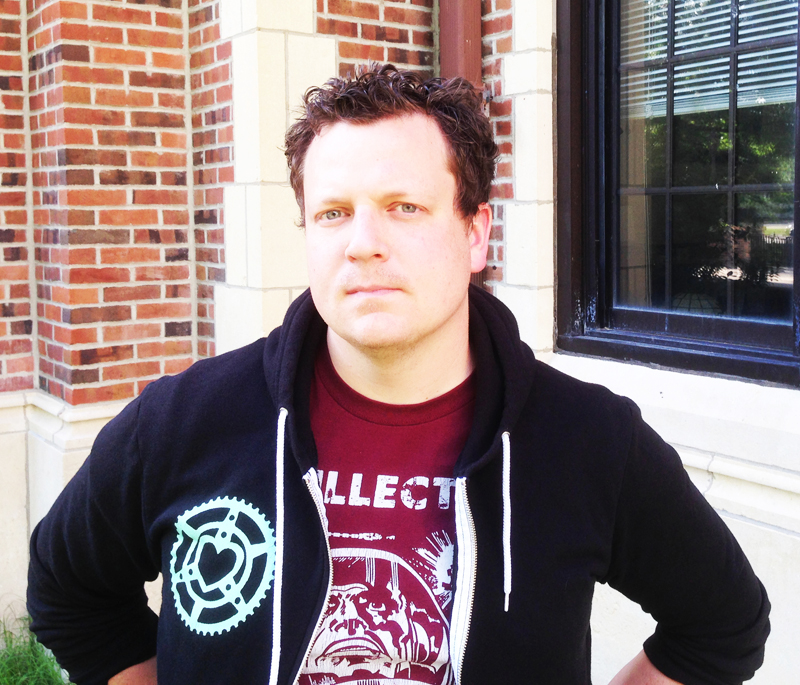 A whole lot of hours and days and weeks in the last year at the Microcosm HQ have gone into pouring love and effort into Teenage Rebels: Stories of Successful High School Activists from the Little Rock 9 to the Class of Tomorrow. We couldn’t be prouder of the end result, which just came back from the printer. Author Dawson Barrett kindly answered some questions about the book and his vision:
A whole lot of hours and days and weeks in the last year at the Microcosm HQ have gone into pouring love and effort into Teenage Rebels: Stories of Successful High School Activists from the Little Rock 9 to the Class of Tomorrow. We couldn’t be prouder of the end result, which just came back from the printer. Author Dawson Barrett kindly answered some questions about the book and his vision:
How did your original idea become the book that readers can hold in their hands today?
The story of the original idea is not especially interesting, but the punch line is that Joe Biel and I have some similar political ideas and both think the kids are alright!
The book includes about fifty short vignettes. Some of them are pretty famous (the Little Rock 9, Brown v. Board of Education), but many of them have not been thought about, by anyone, in several decades. They had been essentially lost to history, but the digitization of newspapers has given them a chance to be re-told. The stories that made it into the book were my favorites, but there were hundreds more.
After I wrote the vignettes, Meggyn Pomerleau put the cover together and added the illustrations. I think about half of them are loosely based on actual historical photos, but for the rest she had to work from scratch. And they really bring the stories to life. The book is not quite a graphic novel, but it shares many of the same story-telling advantages.
Who is the book for? Who do you ideally want to read it?
 In my mind, there are two main audiences for the book. The first is the most obvious. It’s for teenage rebels! I wrote it for young people. It’s their history. So, I hope they find it useful. I think these stories are empowering, and teens are an especially disenfranchised group. My own teen years were an exercise in correctly identifying injustices and then directing my anger almost entirely at the wrong targets. So, I hope young people will read the book and see that it is possible to vent your frustrations in ways that actually make positive changes. The future is in their hands.
In my mind, there are two main audiences for the book. The first is the most obvious. It’s for teenage rebels! I wrote it for young people. It’s their history. So, I hope they find it useful. I think these stories are empowering, and teens are an especially disenfranchised group. My own teen years were an exercise in correctly identifying injustices and then directing my anger almost entirely at the wrong targets. So, I hope young people will read the book and see that it is possible to vent your frustrations in ways that actually make positive changes. The future is in their hands.
The second audience for the book includes teachers and other people who work with youth or who are otherwise interested in being their allies. As I think about it, though, this is really just an indirect route to the first group!
I’m a history teacher, and all over our country, there are serious efforts to re-write the US history curriculum to downplay inequality and protest and instead promote empty patriotism and respect for authority. Those are the actual stated goals of one such campaign. I would love to counter that. My dream would be for high school teachers around the country to find themselves with a few extra minutes left at the end of class, and maybe talk about something a bit more exciting (like, say, a couple of stories from this book!). They are set up to be conversation starters: Why were the students upset? How did they try to make change? Why did they win or lose? How does this compare to your school experience?
Were you a teenage rebel yourself, or did you come to be an appreciator of teenage revolution later in life?
 I was a pretty angry (and overly serious) young person, and I went to high school in a very conservative, small, and often small-minded town. Thankfully, I had a few friendly teachers and a very active punk rock scene. My friends and I primarily rebelled by putting on punk shows and through them creating our own social spaces. And that required a lot of organization. Our town couldn’t sustain a music venue, so we had to rent out American Legion halls and do all of the work ourselves—book the bands, hang up flyers, set up and clean up, etc. So, basically, just imagine a 16-year-old with a mohawk haggling with a Korean War veteran over a broken folding chair at the end of the night. That, in a nutshell, was our teenage rebellion.
I was a pretty angry (and overly serious) young person, and I went to high school in a very conservative, small, and often small-minded town. Thankfully, I had a few friendly teachers and a very active punk rock scene. My friends and I primarily rebelled by putting on punk shows and through them creating our own social spaces. And that required a lot of organization. Our town couldn’t sustain a music venue, so we had to rent out American Legion halls and do all of the work ourselves—book the bands, hang up flyers, set up and clean up, etc. So, basically, just imagine a 16-year-old with a mohawk haggling with a Korean War veteran over a broken folding chair at the end of the night. That, in a nutshell, was our teenage rebellion.
Those experiences very much shaped who I’ve become, but at that time I had no real understanding of how power works. So, I really wouldn’t call anything I did “activism.” I didn’t find activist politics until a bit later on.
You’re going on tour with the book in July and August. What will happen at your tour events and why did you choose this way to promote the book?
Well, DIY punk tours were a huge part of my life at one point, but it’s now been ten years since my last one. This tour will essentially swap out basements and squats for independent bookstores and public libraries. And I’ll be accompanied by my partner and our three-month-old, instead of a band. I do think the spirit of the tour will be similar, though. The goal will still be to meet new people and see new things. Plus, I think there’s at least a discussion to be had as to whether squats or libraries are more under assault from the powers that be!
Thus far, the talks aimed at teens will be a combination of stories from the book and brainstorming sessions around who makes the decisions that govern high schools, which decisions young people would like to see changed, etc. This is really a new world for me, but teen librarians are awesome. At one event, after my talk, we are all going to make protest posters. At another, there will be a button-maker for protest buttons. I think it’s going to be a fun tour!
Anything else I should ask?
I’m not sure what the question would be, but the answer is that, honestly, the book is really fun, no matter your age. I’ve read these stories hundreds of times now, but many of them still bring a smile to my face. The kids are alright, indeed!
Also, the book makes a really great gift for the rebellious teenager (or teacher) in your life…and for the teen section of your local library…and maybe even the library at your old high school…
This has been an interview with Teenage Rebels author Dawson Barrett. It’s one of a series of author interviews; the last one was with Consensuality author Helen Wildfell. The next is with vegan cookbook author Joshua Ploeg.
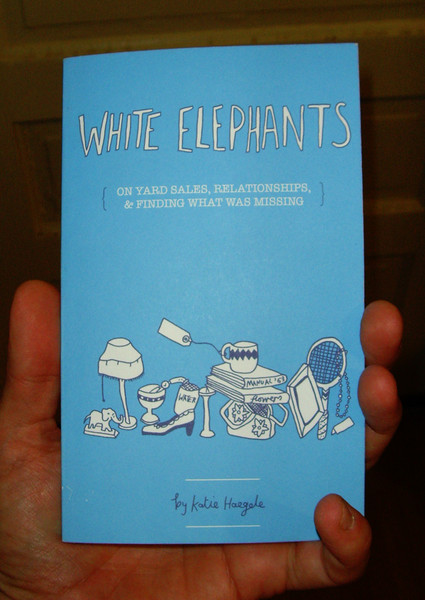
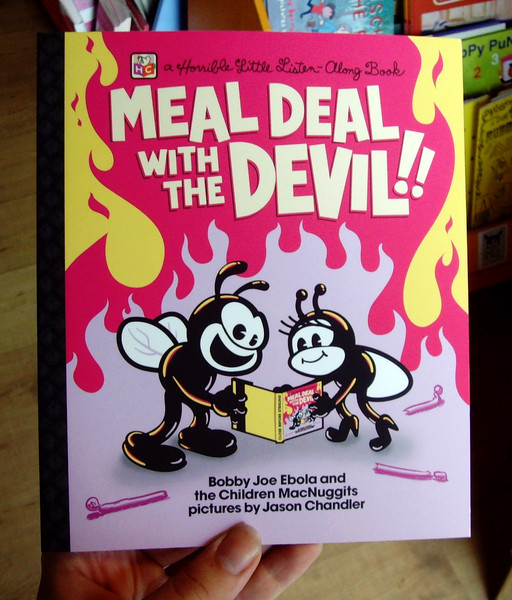
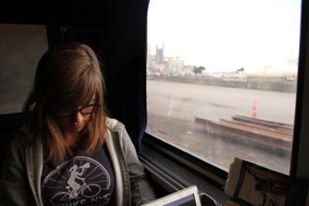 It happens all the time. I’m meeting with an author to talk about promoting their book….and they have
It happens all the time. I’m meeting with an author to talk about promoting their book….and they have 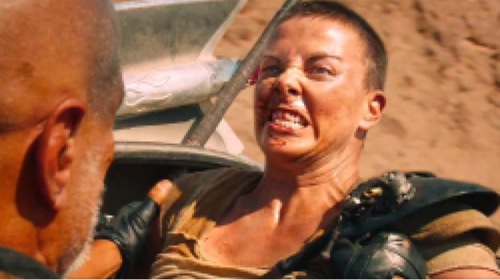 Here’s a taste of what we put in our brains last month:
Here’s a taste of what we put in our brains last month: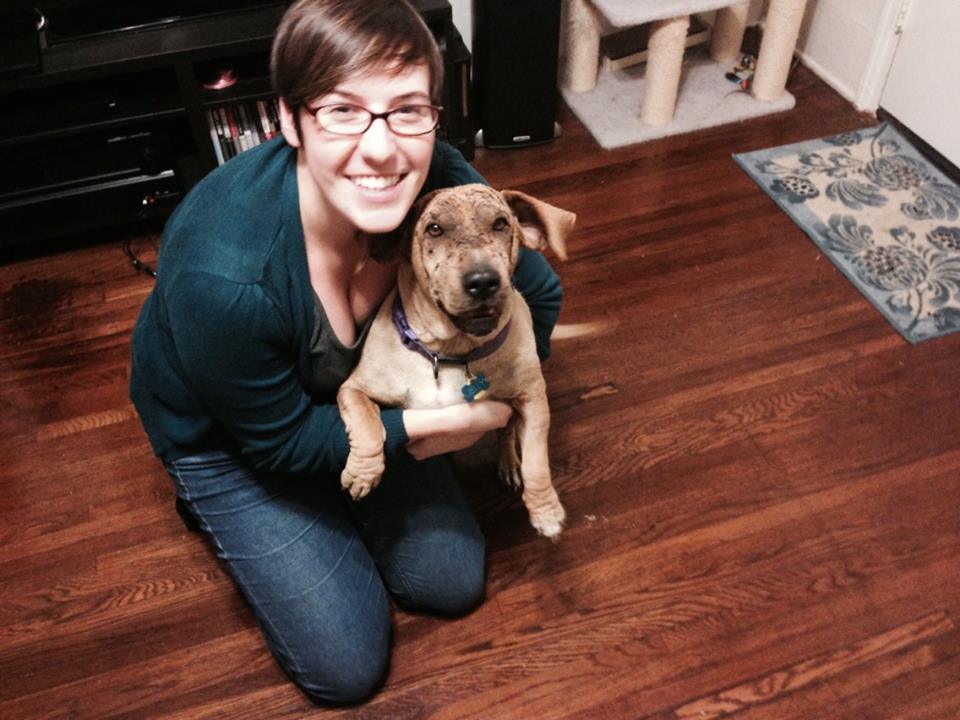 Helen Wildfell came to us with a proposal for a zine about her experiences learning to build healthy relationships. We liked it so much that we asked her to turn it into a book. The result is
Helen Wildfell came to us with a proposal for a zine about her experiences learning to build healthy relationships. We liked it so much that we asked her to turn it into a book. The result is 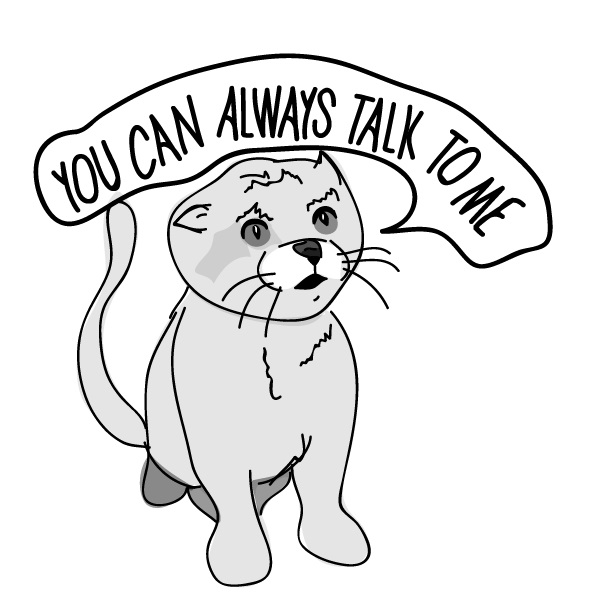 The book comes out July 14th. How do you think readers will respond? How do you hope the book will be taken?
The book comes out July 14th. How do you think readers will respond? How do you hope the book will be taken?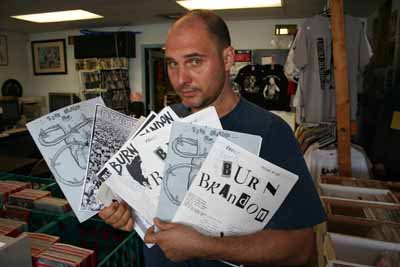 Bob Suren’s book,
Bob Suren’s book, 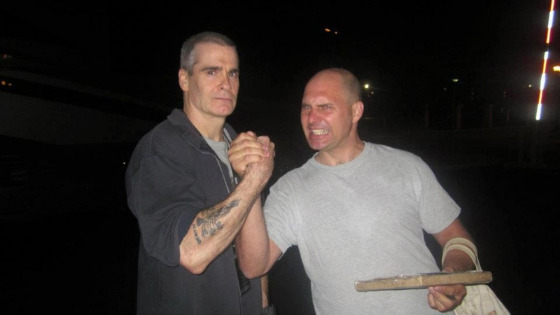 3. Fan response to your book has been tremendous—do you have any stories to share about how people are reacting?
3. Fan response to your book has been tremendous—do you have any stories to share about how people are reacting? 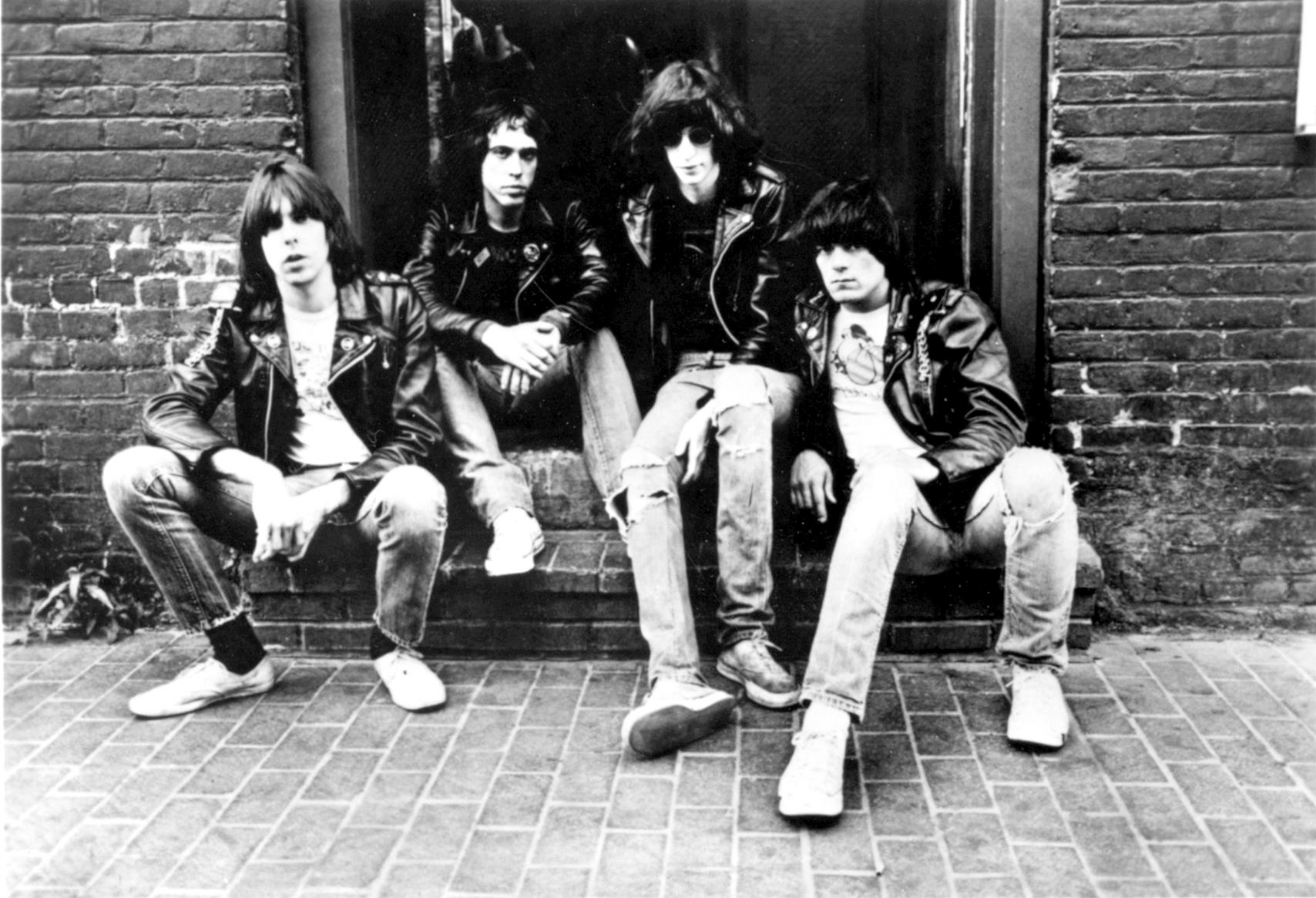
 If you call or visit
If you call or visit 